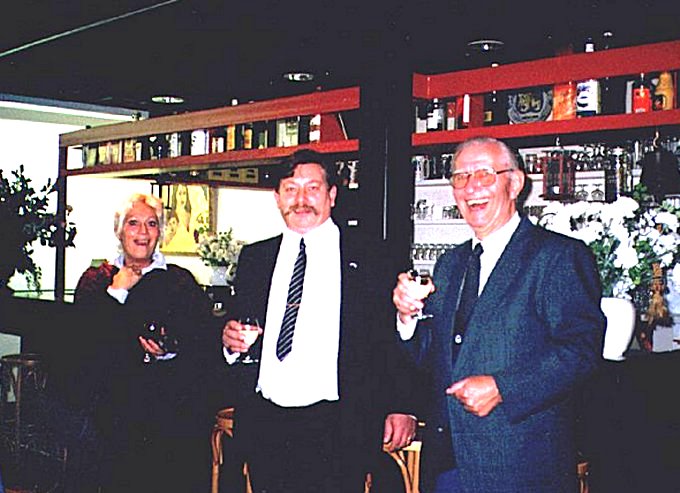
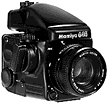

I've had several photographic exhibitions to date, seemingly received well and with some good complimentary reviews;

My first 'real' exhibition was opened on 20th October 1999 in the evening which I'll never forget for various reasons. That exhibition consisted of several of my 'series' including 'Golden Eyes' which portrays a 're-awakening' in Life, the first of the 'human' "series" of portrayals which I made, and was seen on the main wall.
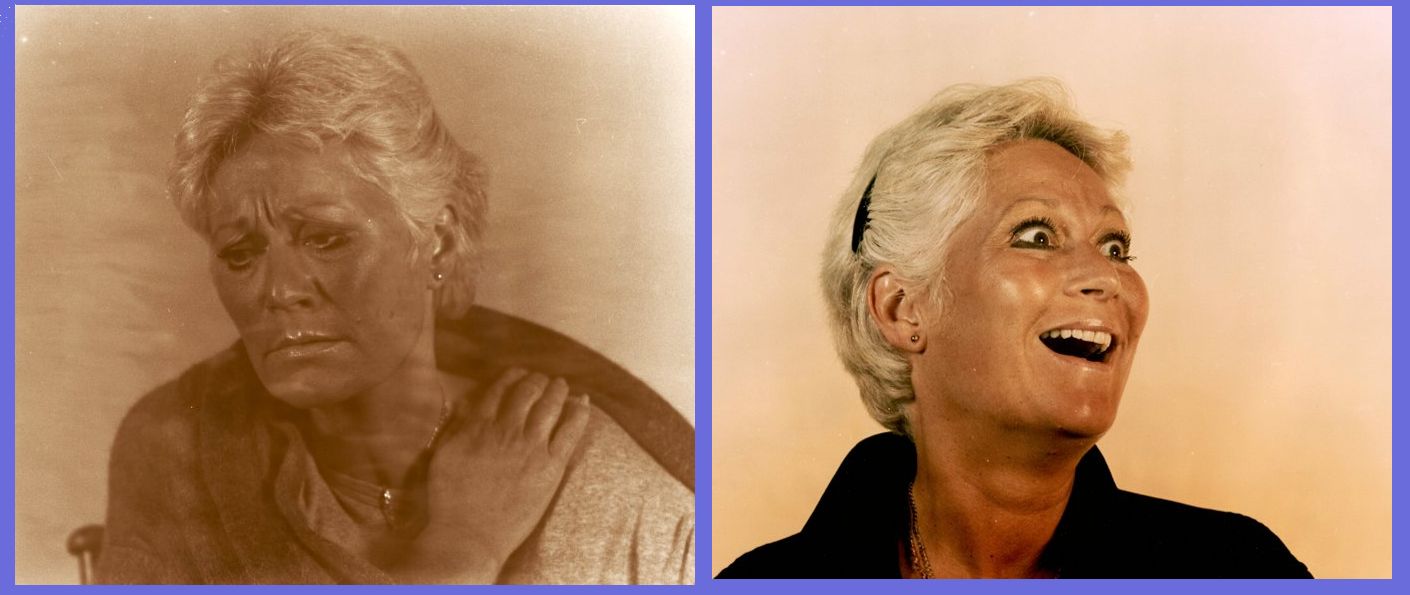
Since then I've completed "Elemental Forces" (Earth, Fire, Wind, Water, both human and nature),
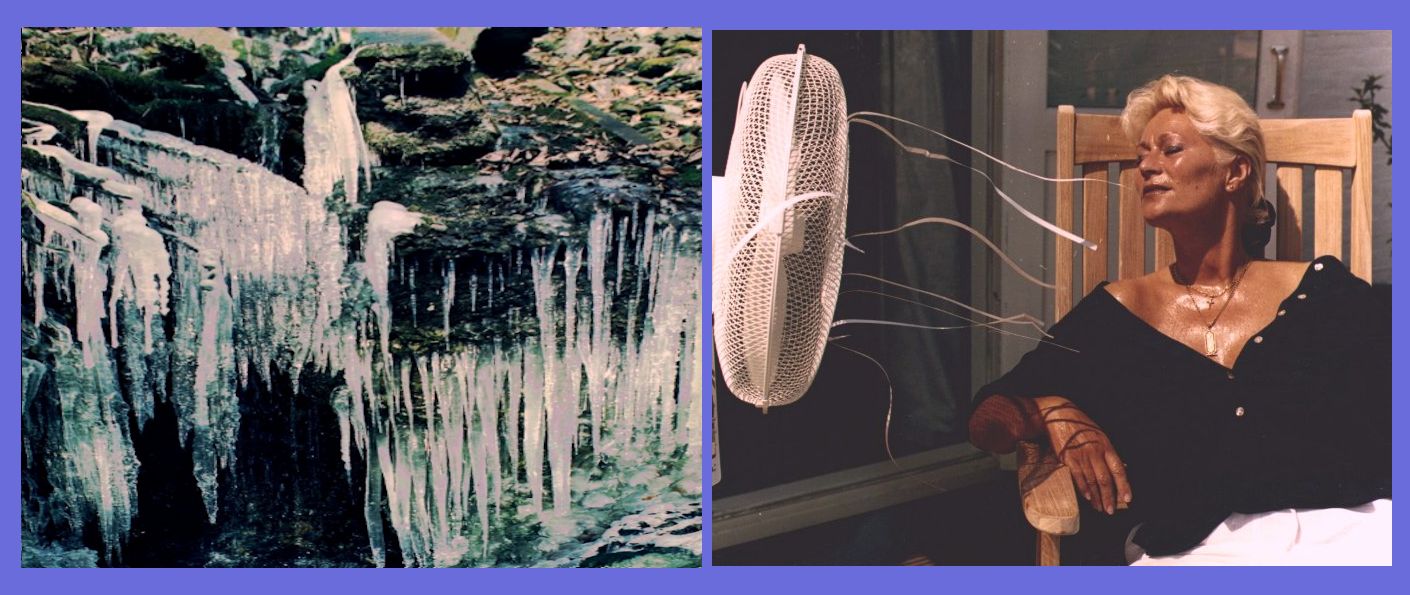
and also "The Seasons" (again, of both Life and Nature), and also "Emotions & Experience", and a number of NEW portrait 'series' done: 'Of Duality', 'Of Opposites', 'Of Singularity' are all being currently worked upon (Duality is completed and finished now).
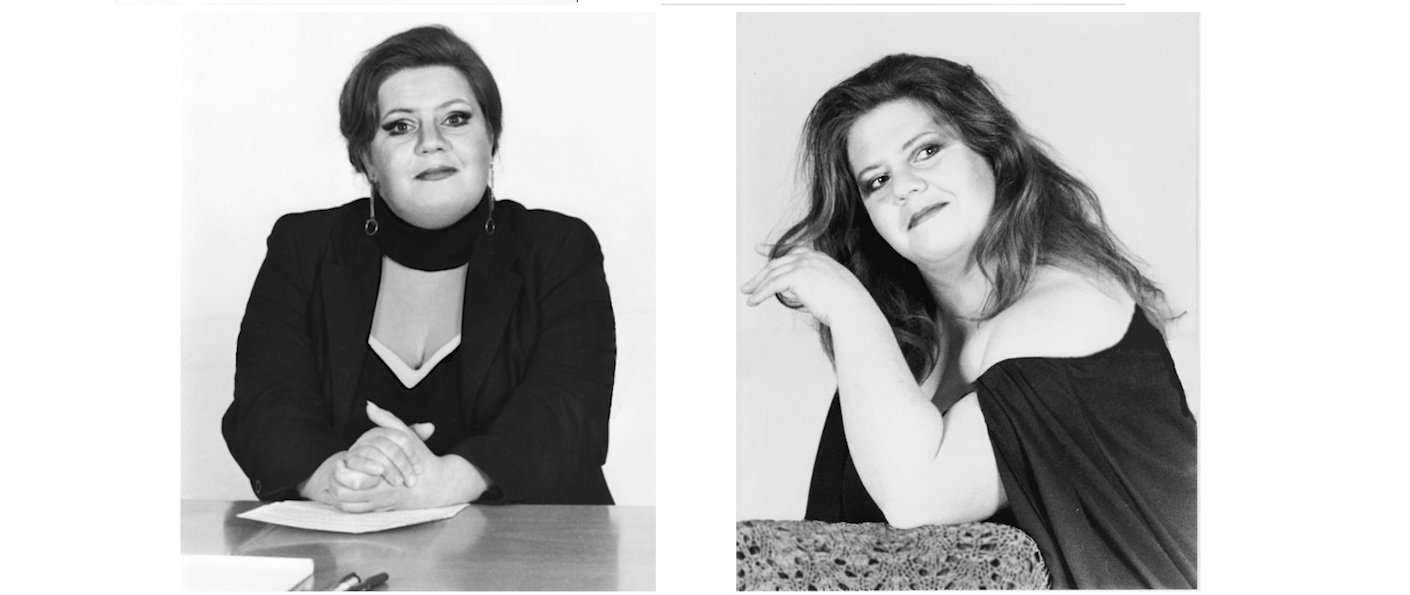
I've also made two 'eclipse' series, one of the solar eclipse in 1999 and another of the lunar eclipse (commonly called 'Blood Moon') in September 2015.
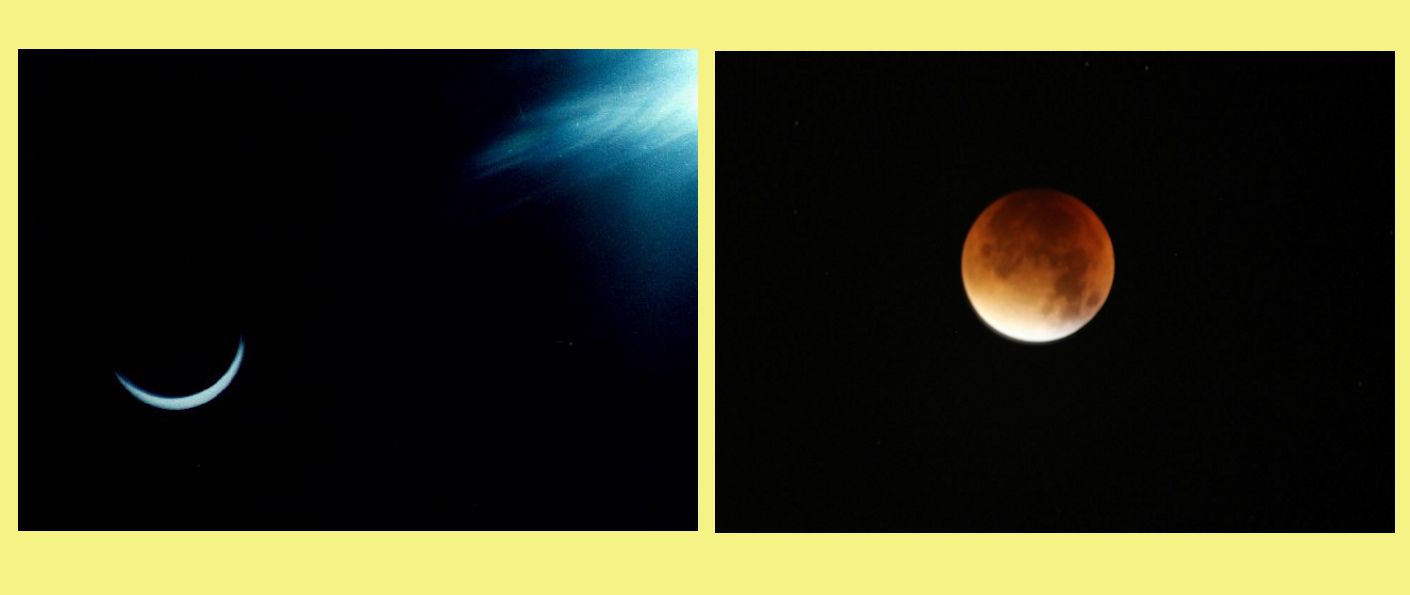
(More of my own photographic experiences [out-dated though] can be found at this location by clicking if you so desire).
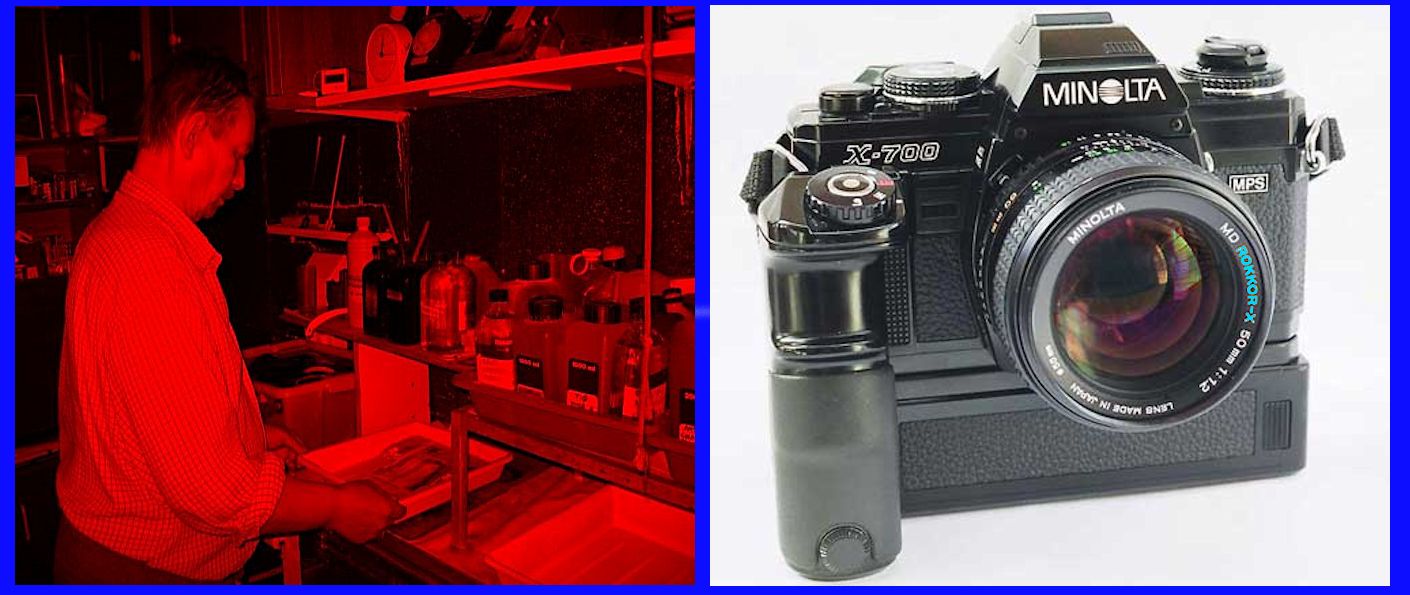
Around 19 years ago, I decided to move into medium-format, even though the costs of the different camera items and lenses, etc, would be somewhat (!) higher than 35mm. I looked at the various options around, and finally, when I looked at the available accessories the build quality and ease of use, I decided on the Mamiya 645 professional, and I have never regretted my decision since then. After a significant amount of experience with the 6 x 4.5 format, especially in portraits, I decided that the 6 x 7 format would be more suited to studio / human aspect photography and so I added that workhorse of the professionals, the Mamiya RB67 Pro-SD kit with quite a few accessories, to my complete kit, plus now moved into the RZ67-Pro II. So now I use 6x4.5 and 6x7 negative formats to the best advantage; yes it is something of a luxury but it is equipment that will last a long time and it enables me to concentrate on the themes and emotions I wish to portray.
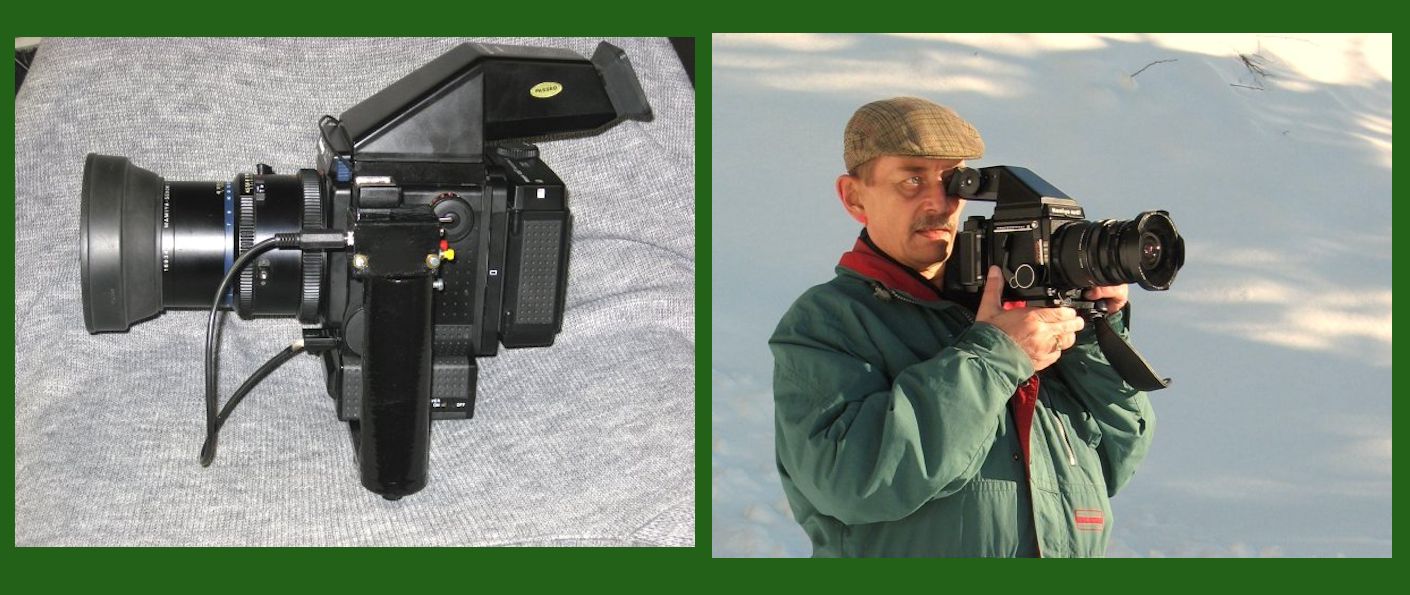
Since that transition to medium-format and after years of use I have also made the transition to Digital photography, moving to a Canon EOS 5D III kit with a substantial array of lenses for different situations; I still prefer prime lenses to 'zoom' lenses but often for weight reasons those zooms do have their advantages!
Despite the significant financial outlay for this kit, including extras such as WiFi
network communication adapters and extra battery 'bottoms', I still work alongside this
with the medium-format Mamiya RZ67-Pro II using 'real' film rolls; I am neither a luddite
nor am I a super-nerd but there are different advantages to both approaches - hence
I'll not be selling any Mamiya or darkroom kit any time soon!
All this has also made me much more critical of my own
photography work, a good thing in the learning process. (The odd pictures on
this site don't match my quality criteria, but then I've only put them here as
impressions, and kept the filesize down).
Next, there's a rather useful technical location under here which leads to black-and white film/developing guide, paper information, etc. It is very large.
IF YOU STILL HAVE a 'usenet' newsreader there are a number of very useful photography-related newsgroups
from which I have made a selection as follows:-
First, the scene up there before the beginning of the eclipse which shows really a typical sun/sky situation up there on the Jungfrau.
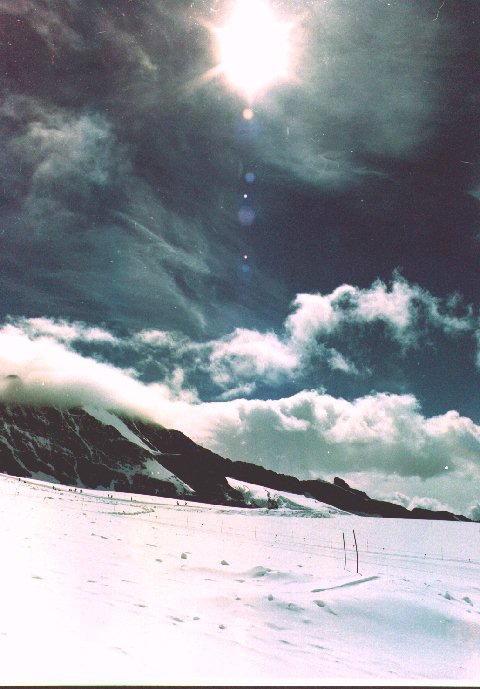
Next, the start of the moon covering the Sun with some higher-altitude mist providing some awesome ray effects.
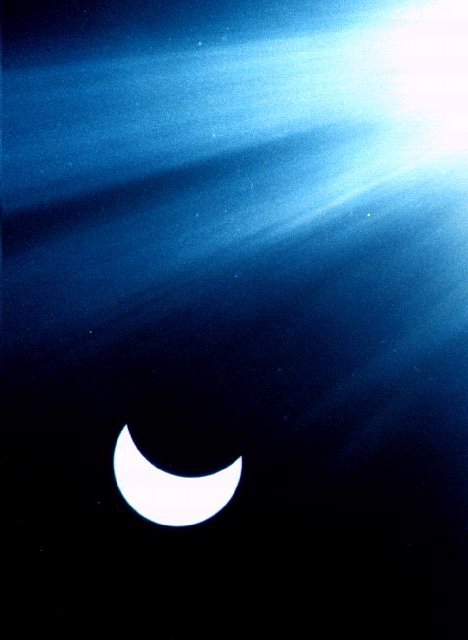
Following, are the images further into the eclipse: further coverage by the Moon,
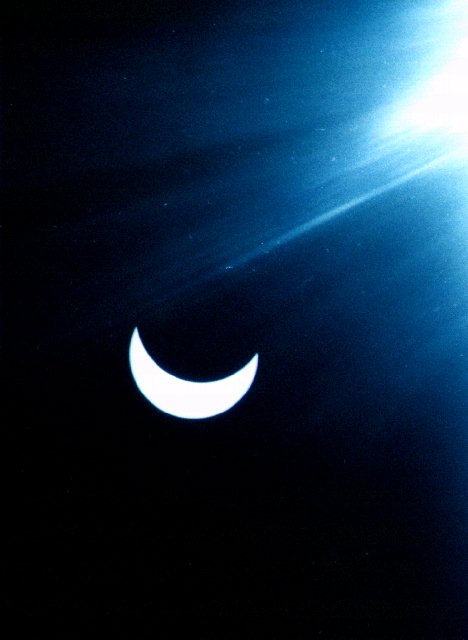
and then maximum coverage as it was up there
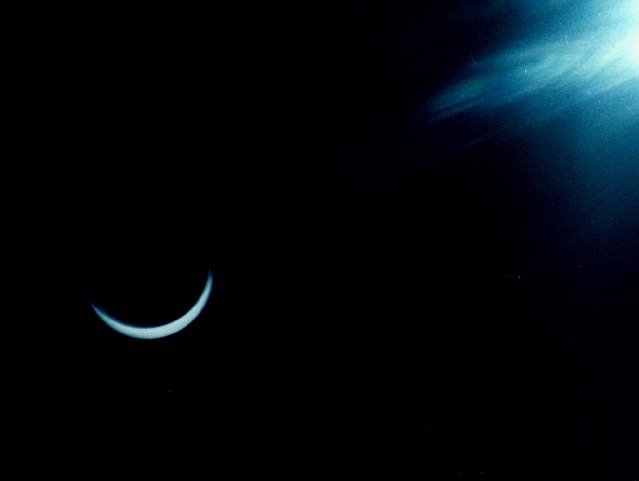
together with the darkened mountain landscape during coverage,
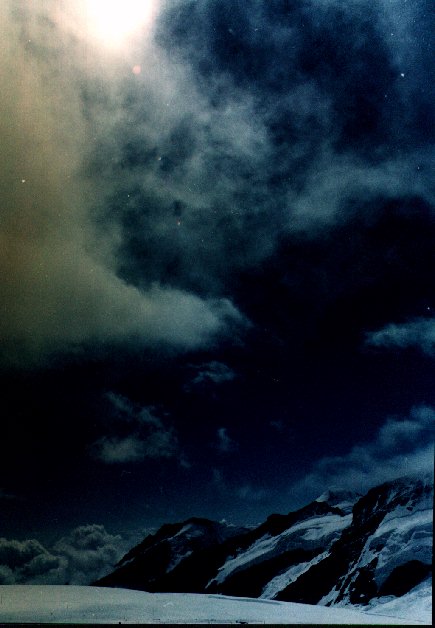
and finally, a shot of the ending of the eclipsed Sun as it began to lighten up again.
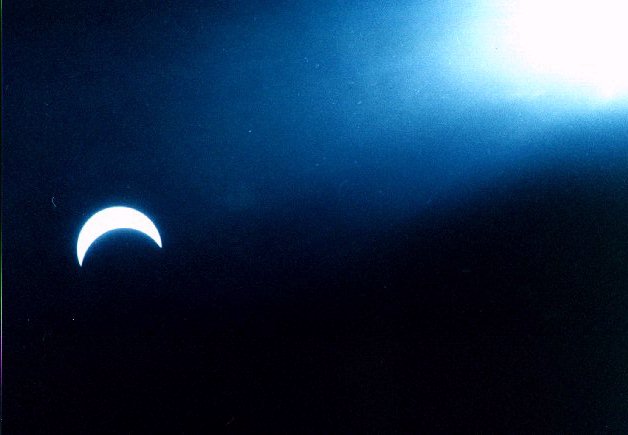
No, it wasn't totality, yes - it was a great experience. I don't claim any real quality for these shots, but I'm pleased nevertheless that I had the opportunity to be where I was and take them, and more which I have but not yet uploaded here.
Then another 'eclipse' - the so-called 'Blood Moon' in September 2015. This is just a series of 14 of some of the photos I took from the roof in the early morning up until the coverage of the Moon by the umbra (shadow) of the Earth coverage at around 04:25 local time here in the Netherlands (UTC + 2hrs).
After I had captured coverage with increased exposure I came inside with the camera to get some much needed sleep as I had a long trip that day.
The order of the photos is from early on going on to later when coverage was achieved. There are more photos but I have not had time to process these; as time progressed I increased exposure to take care of the falling illumination of the Moon and capture the 'Blood Moon' effect.
So here they are, in order, and I'll put more notes in with them in the next couple of weeks as and when I get the time:-
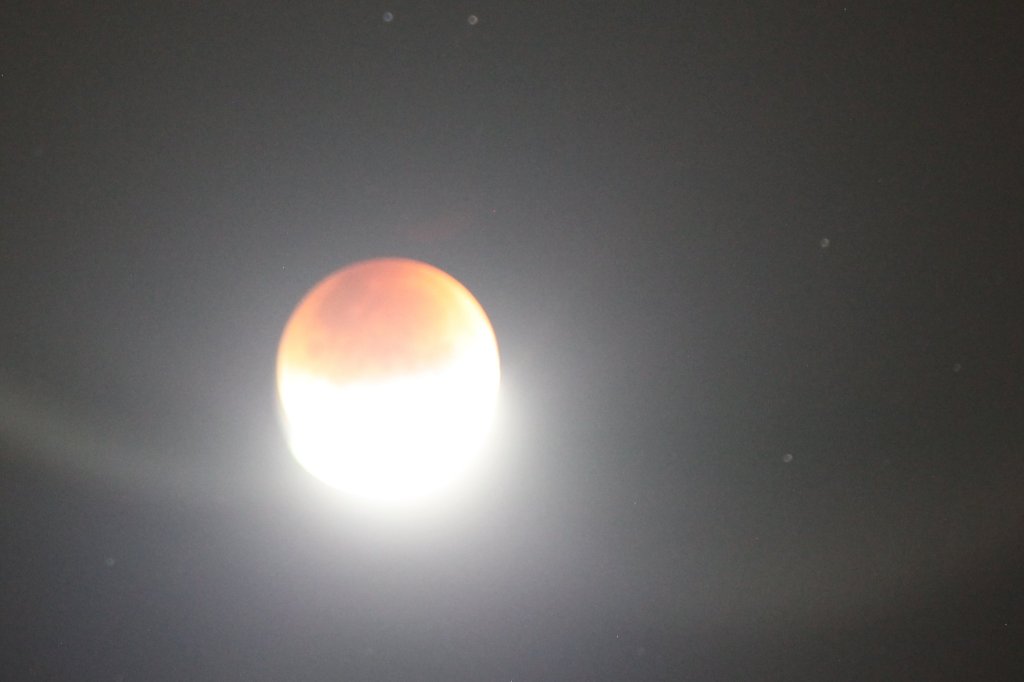
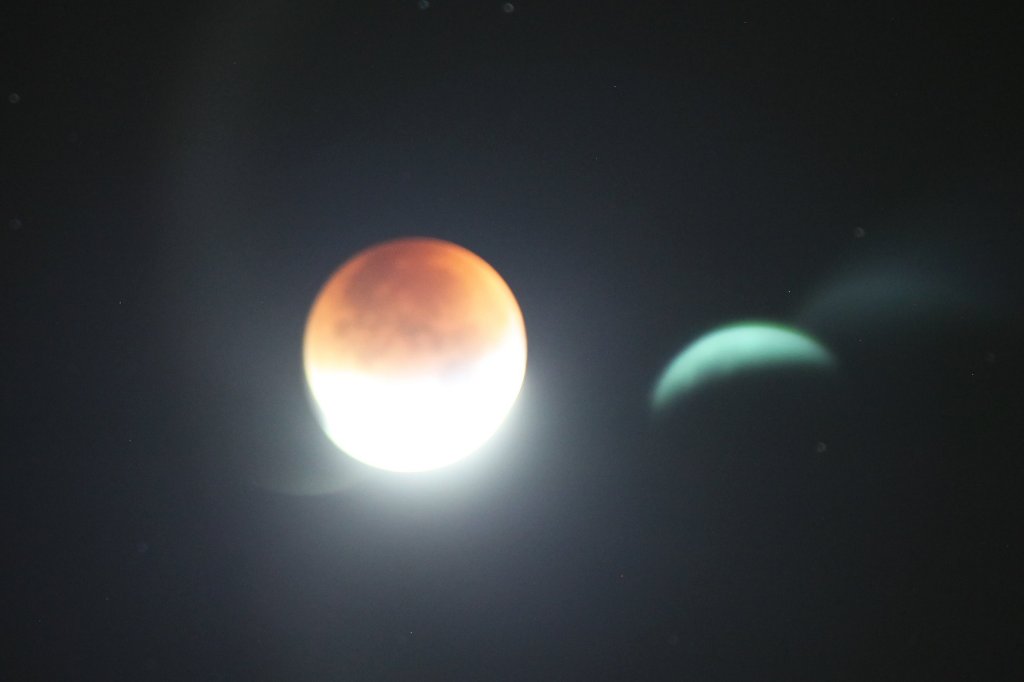
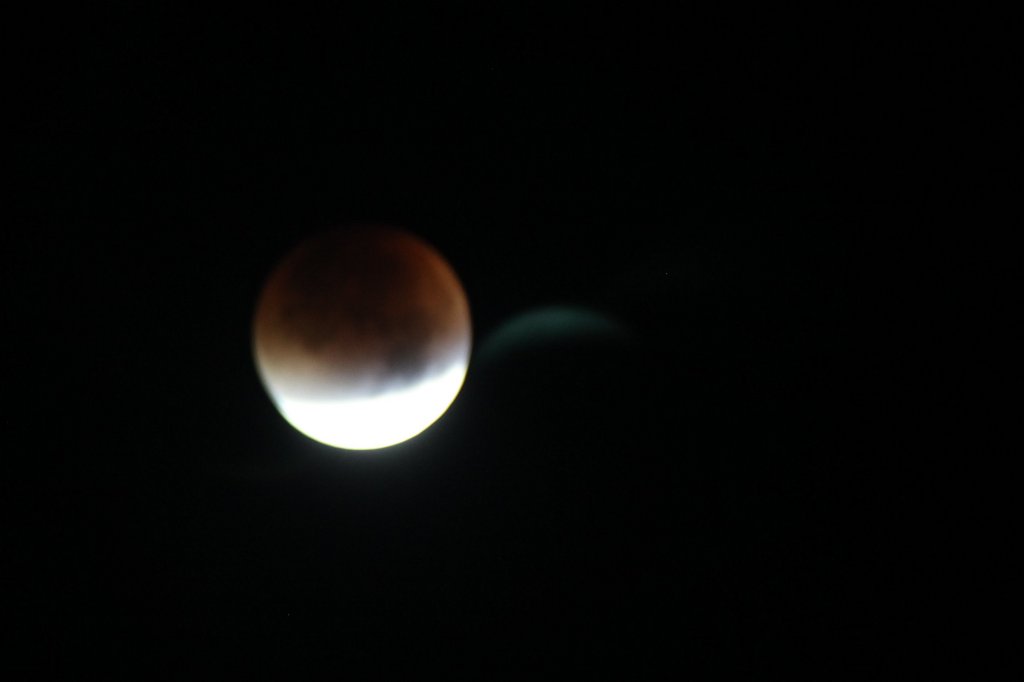
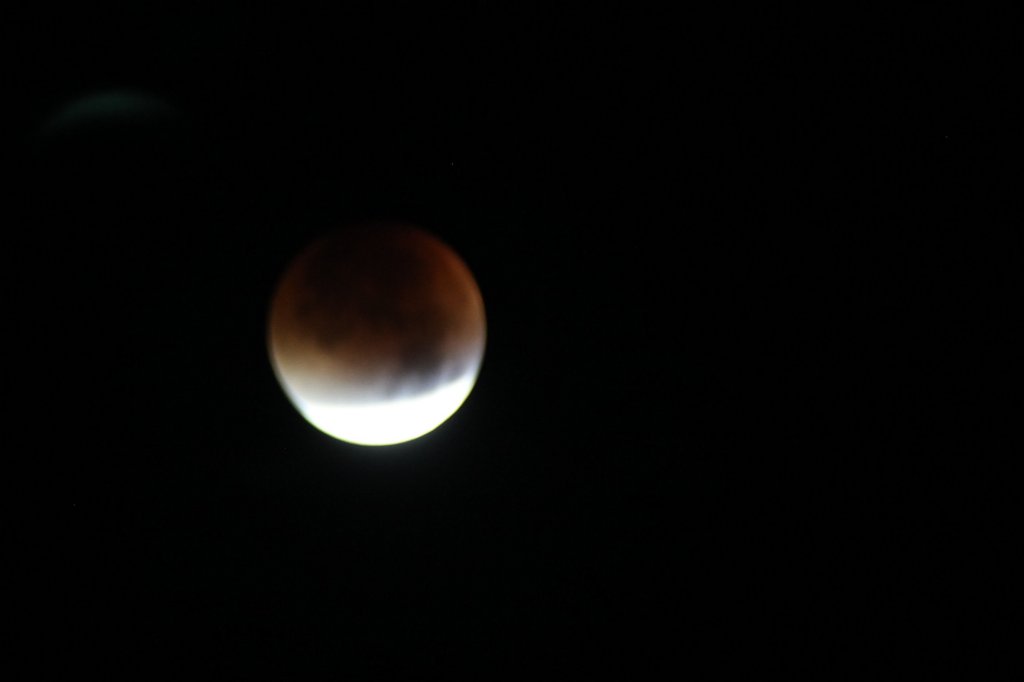
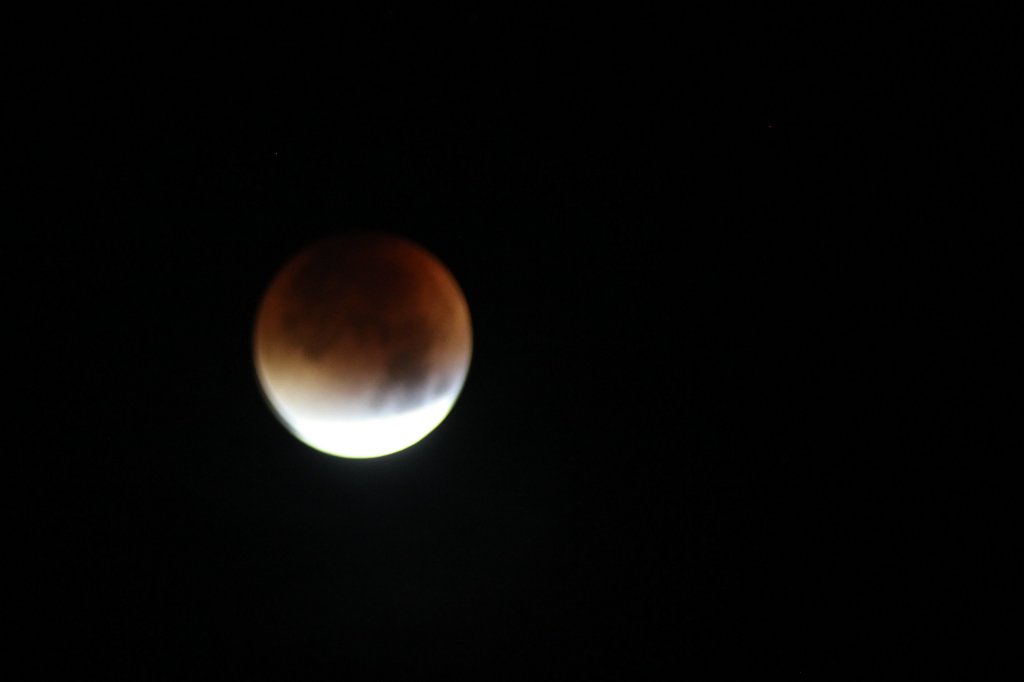
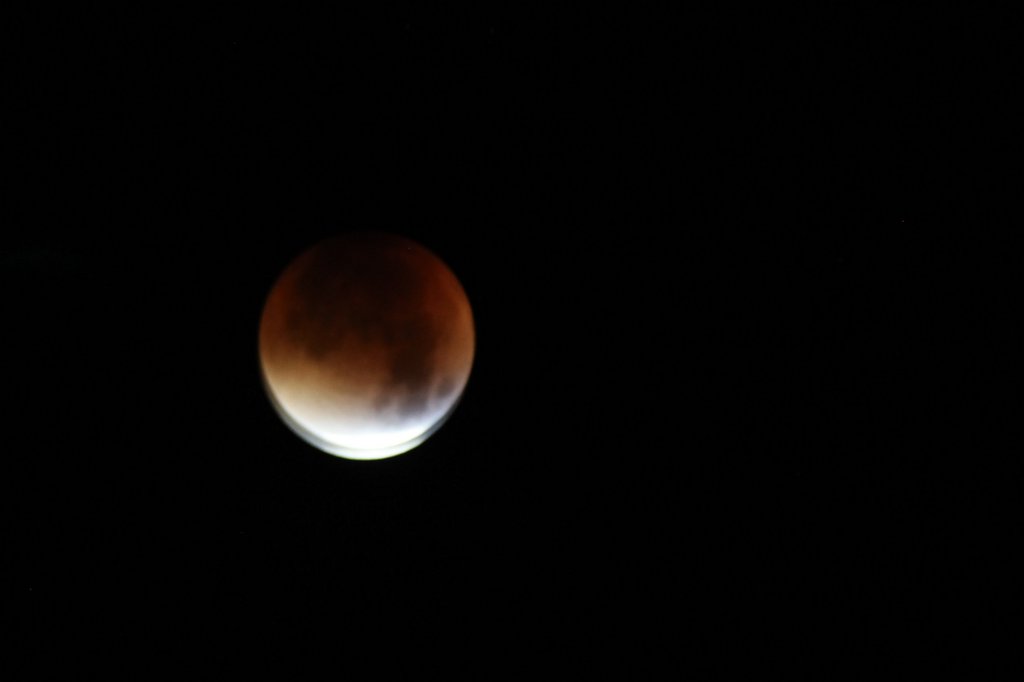
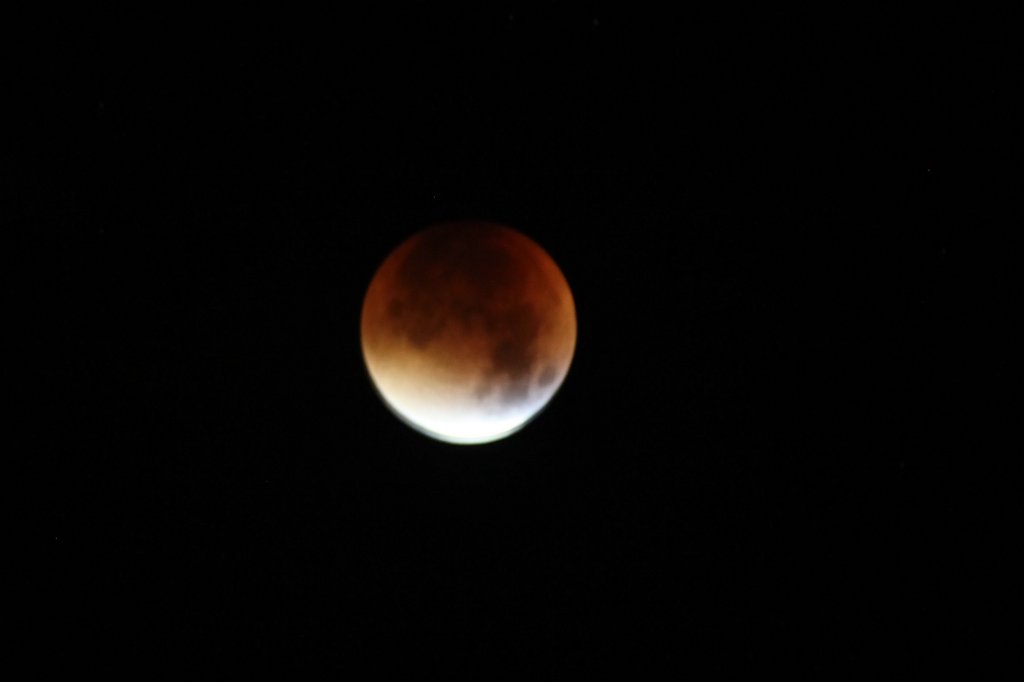
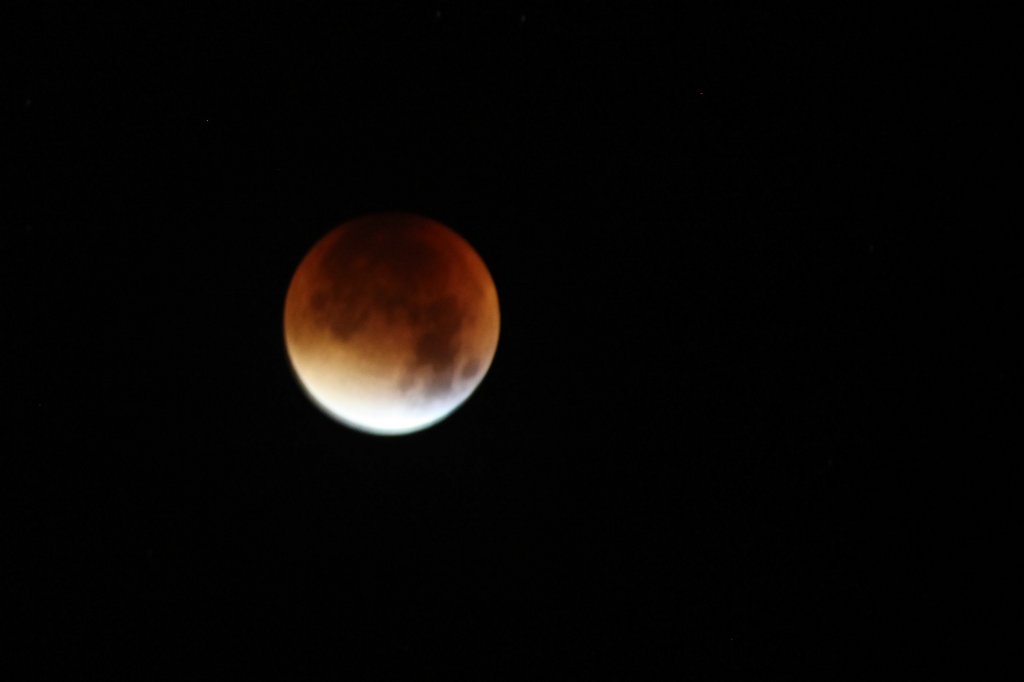
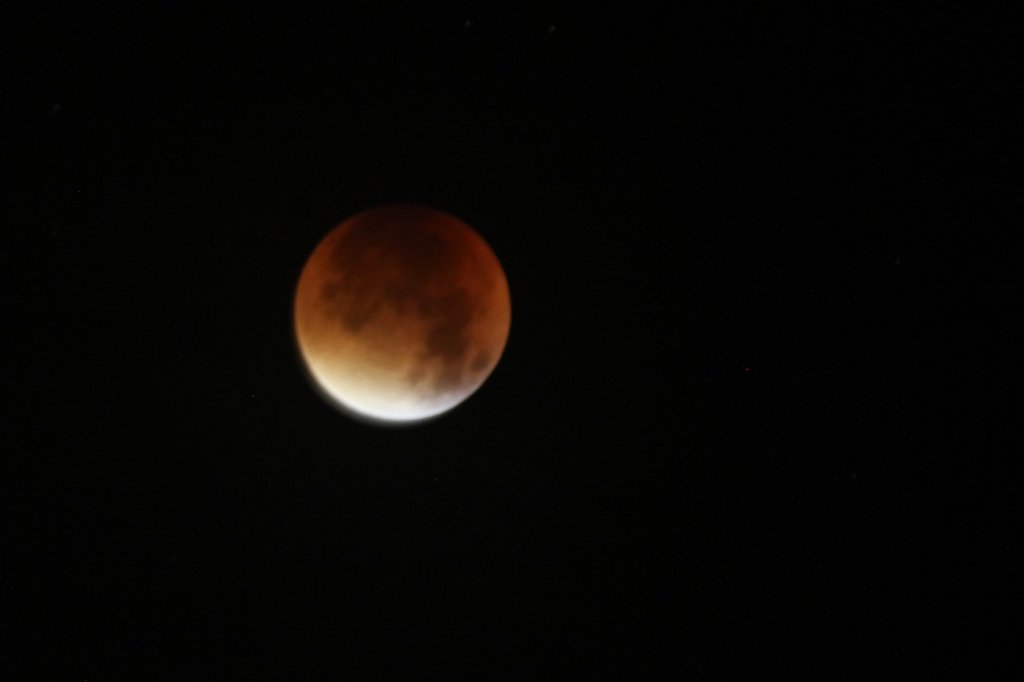
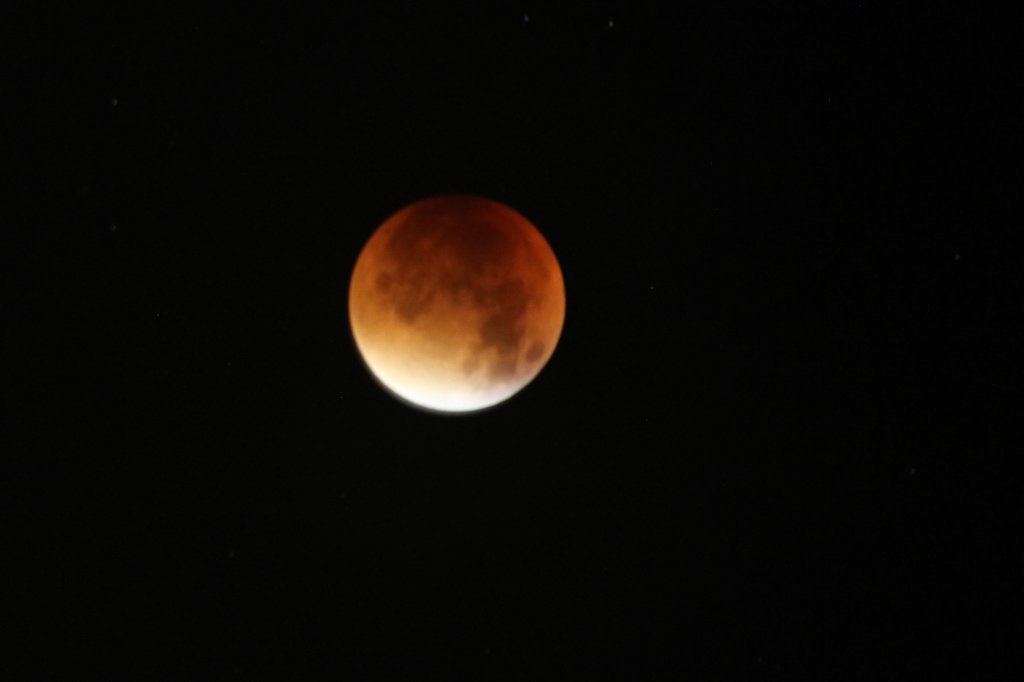
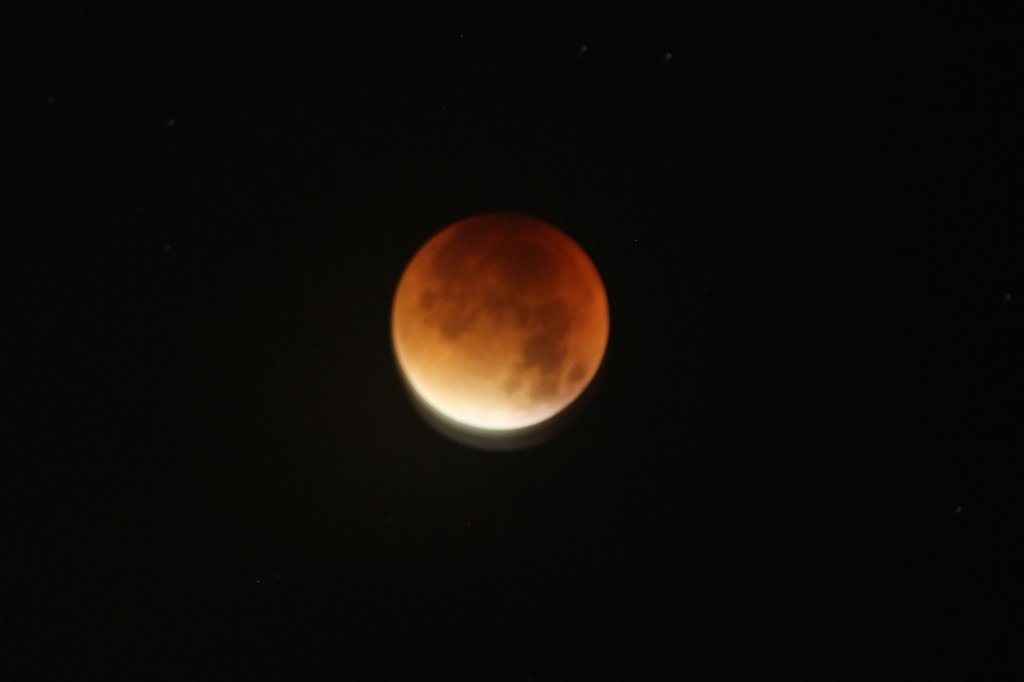
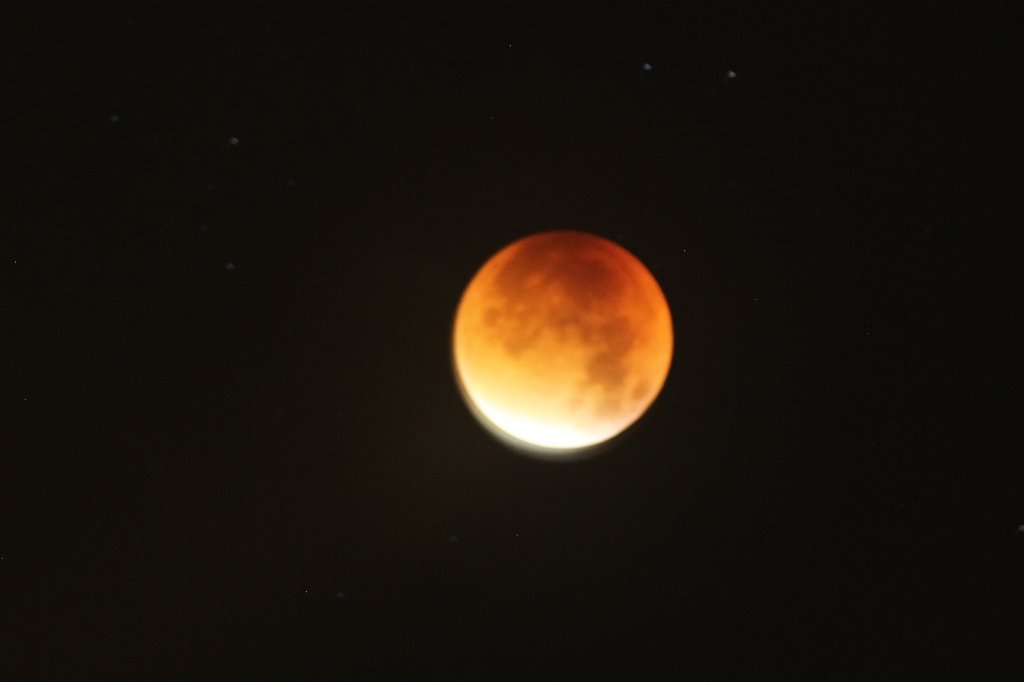
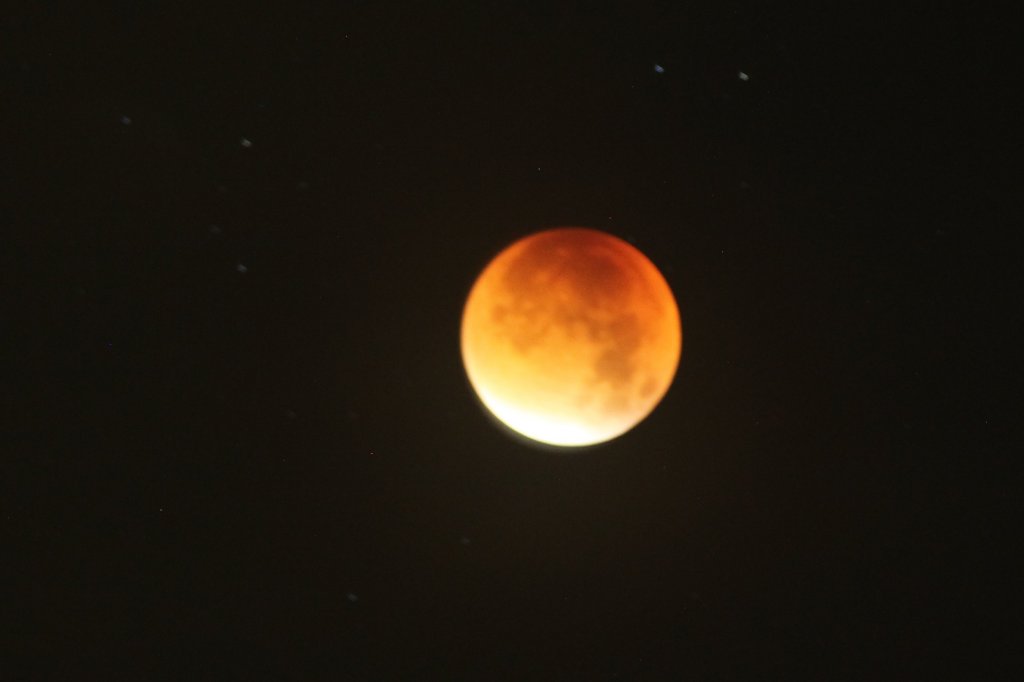
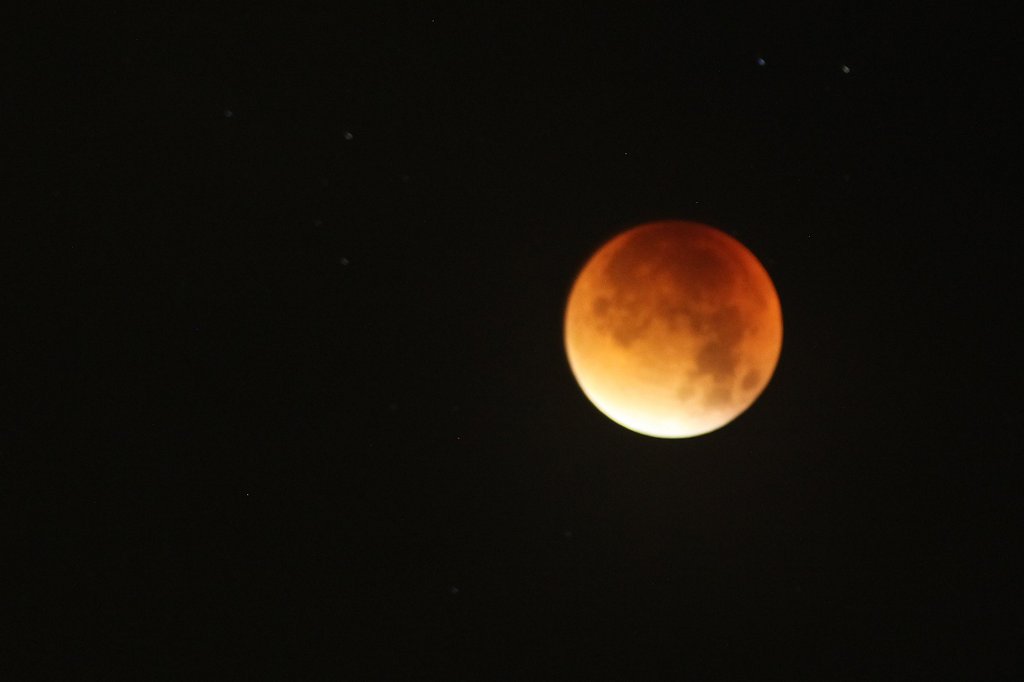

 You can E-mail the author of these pages
(Trevor Gale) by using this link. on the
Dutch Internet service provider XS4ALL.
You can E-mail the author of these pages
(Trevor Gale) by using this link. on the
Dutch Internet service provider XS4ALL.
